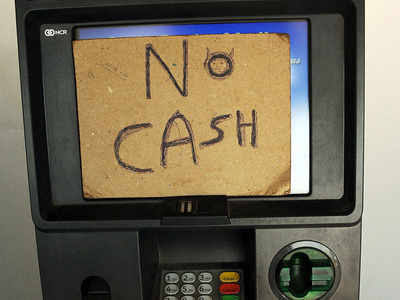As the banking services are expanding their wings across the world, we all have easy access to cash with the help of Automated Teller Machines(ATM). ATMs facilitate quick withdrawal of cash from respective accounts without visiting the bank.
Though ATM services are available 24/7 sometimes it disappoints us with lack of cash. Last week, the Reserve Bank of India (RBI) decided to penalize banks and non-business entities if their ATMs run out of cash for over 10 hours a month. Banks will be liable to pay a penalty Rs.10,000 per ATM from 1st October 2021, in case they fail to replenish the cash in ATMs within the specified time.
The penalty for White Label ATM (WLA) would be charged to the bank which is responsible for the cash requirements of the respective ATM and the bank may, at its discretion, recover the penalty from the operators of WLA.
The Central Bank has taken this decision in concern of the public facing inconvenience due to lack of currency in ATMs. RBI has very clearly mentioned in their circular -“The Scheme of Penalty for non-replenishment of ATMs has been formulated to ensure that sufficient cash is available to the public through ATMs’ ‘.
“Any non-compliance in this regard shall be viewed seriously and shall attract monetary penalty as stipulated in the ‘Scheme of Penalty for non-replenishment of ATMs’,” RBI added.
RBI’s circular stated that, as per the review of downtime of ATMs because of cash-outs, it was observed that ATM operations affected by cash-outs results in non-availability of cash and also cause avoidable inconvenience to the members of public.
They have decided that the banks or White Label ATM Operators (WLAOs) will strengthen their systems or mechanisms in order to monitor cash availability in ATMs and ensure replenishment on time to avoid cash-outs.

